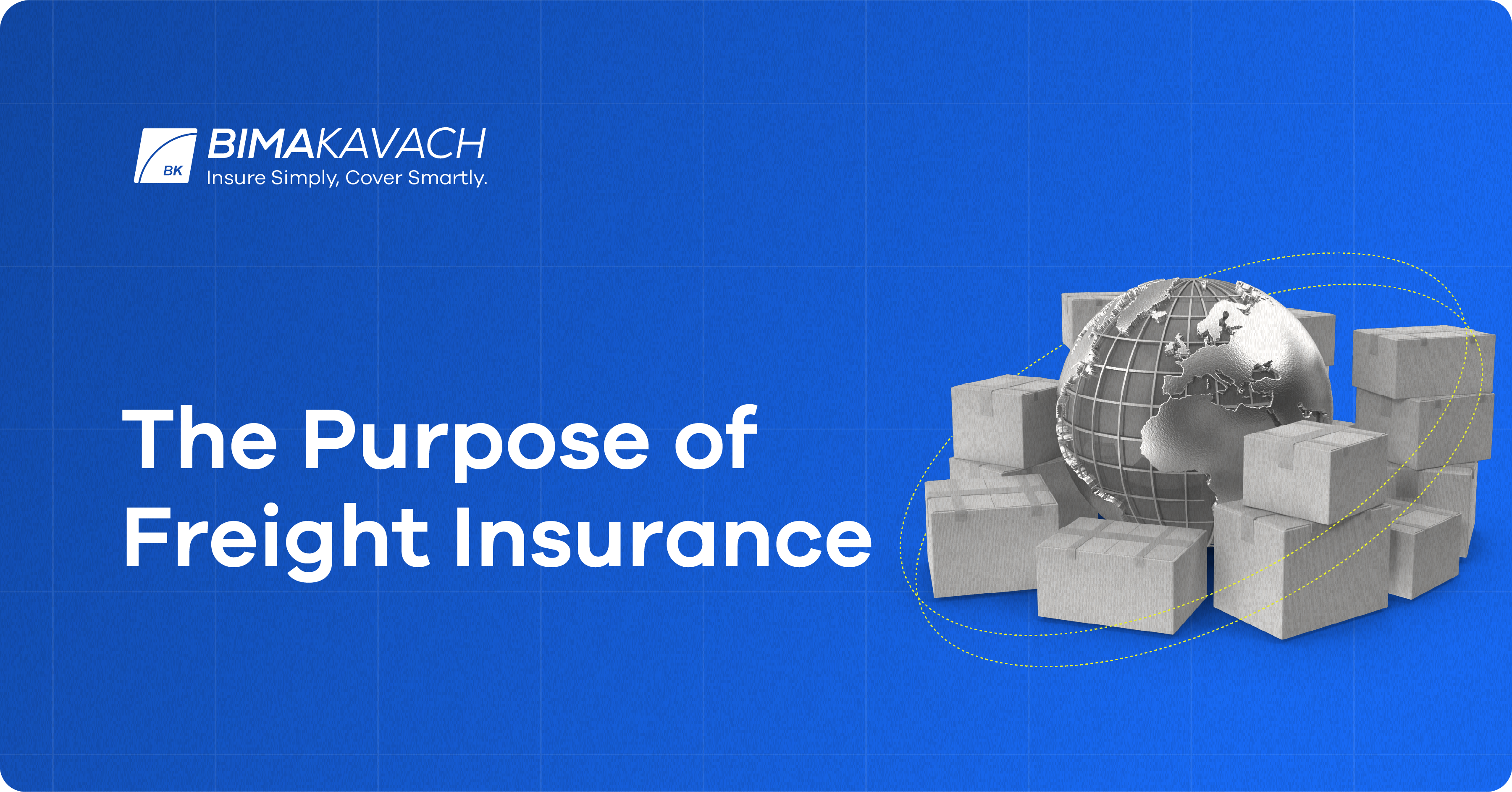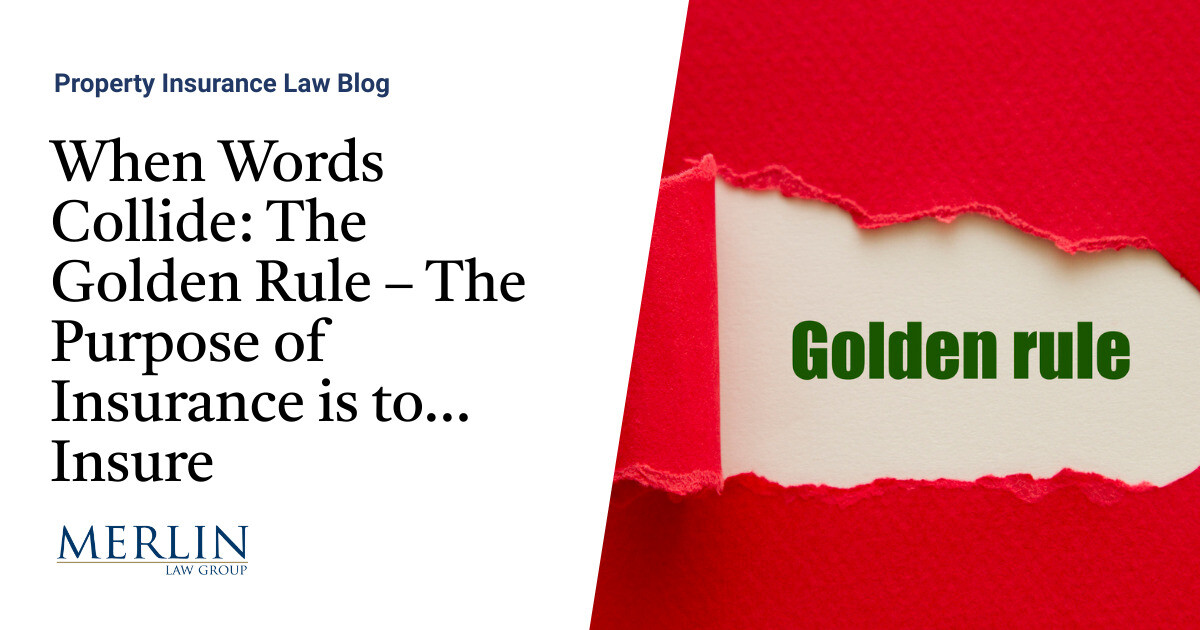Some Known Questions About Pacific Prime.
Table of ContentsThe Only Guide for Pacific PrimeThe 2-Minute Rule for Pacific PrimeSome Ideas on Pacific Prime You Need To KnowPacific Prime Can Be Fun For EveryoneThe smart Trick of Pacific Prime That Nobody is Talking About

This is because the data were collected for a duration of strong financial performance. Of the approximated 42 million individuals who were uninsured, just about regarding 420,000 (concerning 1 percent) were under 65 years old, the age at which most Americans become qualified for Medicare; 32 million were adults between ages 18 and 65, about 19 percent of all grownups in this age team; and 10 million were children under 18 years of age, regarding 13.9 percent of all youngsters (Mills, 2000).
These price quotes of the number of persons without insurance are created from the yearly March Supplement to the Current Population Study (CPS), performed by the Demographics Bureau. Unless or else noted, national quotes of individuals without health and wellness insurance and proportions of the population with various kinds of protection are based upon the CPS, one of the most extensively used source of quotes of insurance policy protection and uninsurance prices.
The Best Guide To Pacific Prime

Still, the CPS is specifically useful because it generates annual price quotes fairly promptly, reporting the previous year's insurance policy coverage estimates each September, and due to the fact that it is the basis for a consistent collection of estimates for more than two decades, enabling analysis of fads in insurance coverage gradually. For these factors, in addition to the substantial use of the CPS in other researches of insurance coverage that are offered in this record, we rely upon CPS price quotes, with constraints noted.

The price quote of the number of without insurance people expands when a population's insurance coverage standing is tracked for several years. Over a three-year duration beginning early in 1993, 72 million people, 29 percent of the united state population, were without insurance coverage for at the very least one month. Within a solitary year (1994 ), 53 million people experienced at the very least a month without insurance coverage (Bennefield, 1998a)
Six out of every ten without insurance adults are themselves employed. Working does improve the probability that one and one's family participants will have insurance policy, it is not an assurance. Even participants of families with 2 full time breadwinner have nearly a one-in-ten chance of being without insurance (9.1 percent uninsured price) (Hoffman and Pohl, 2000).
The Best Strategy To Use For Pacific Prime
New immigrants represent a considerable proportion of individuals without medical insurance. One analysis has connected a significant part of the current development in the size of the U.S. without insurance populace to immigrants that arrived in the country between 1994 and 1998 (Camarota and Edwards, 2000). Current immigrants (those that came to the United States within the past four years) do have a high rate of being without insurance (46 percent), but they and their youngsters make up simply 6 percent of those without insurance policy nationally (Holahan et al., 2001).
The relationship between medical insurance and accessibility to care is well developed, as recorded later in this chapter. The connection in between health and wellness insurance coverage and health and wellness outcomes is neither direct nor straightforward, a considerable professional and wellness solutions study literary works links health insurance policy coverage to improved accessibility to care, far better high quality, and enhanced individual and populace wellness condition.
Levels of evaluation for examining the results of uninsurance. This conversation of health insurance policy protection concentrates mainly on the U.S. populace under age 65 because basically all Americans 65 and older have Medicare or various other public protection. Additionally, it concentrates particularly on those without any type of health insurance policy for any type of length of time.
Not known Facts About Pacific Prime
The problems faced by the underinsured remain in some areas comparable to those encountered by the without insurance, although they are usually less serious. group insurance plans. Uninsurance and underinsurance, nevertheless, entail noticeably various plan problems, and the methods for addressing them may differ. Throughout this research study and the five reports to follow, the main emphasis gets on persons with no health insurance and my link thus no assistance in paying for healthcare past what is offered with charity and safety net institutions
Medical insurance is a powerful element influencing invoice of care because both people and medical professionals react to the out-of-pocket cost of solutions - https://www.huntingnet.com/forum/members/pacificpr1me.html. Medical insurance, however, is neither necessary nor adequate to get access to medical services. The independent and straight impact of health and wellness insurance protection on access to health solutions is well developed.
Others will get the health treatment they require also without health and wellness insurance, by spending for it expense or seeking it from companies that use care cost-free or at extremely subsidized prices. For still others, medical insurance alone does not make sure receipt of care as a result of other nonfinancial obstacles, such as a lack of wellness care companies in their community, restricted access to transportation, illiteracy, or etymological and cultural differences.
How Pacific Prime can Save You Time, Stress, and Money.
Formal research about without insurance populaces in the USA dates to the late 1920s and very early 1930s when the Board on the Cost of Healthcare produced a series of reports regarding financing physician workplace brows through and hospitalizations. This issue became prominent as the numbers of medically indigent climbed during the Great Depression.